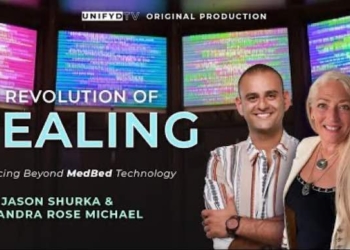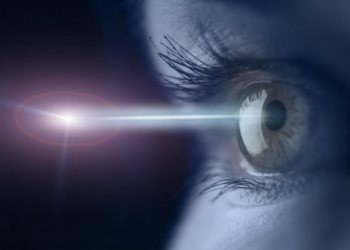
Acupuncture is an ancient treatment used to heal various ailments and to both restore health and wellbeing. This ancient treatment has been in use for thousands of years and is still practised all over the world today. The earliest findings of acupuncture date back over five thousand years ago, and we have proof of an ongoing clinical history for more than 2500 years.
With this ancient treatment option being used successfully for thousands of years, an increasing number of people are trying acupuncture. Patients receiving acupuncture in Moorabbin and other areas of Melbourne or at Tonic Acupuncture in the UK report relief from a range of conditions from lower back pain to labour pains, osteoarthritis, migraines and a range of other conditions successfully. Still used successfully to this day, acupuncture has gone through some ups and downs in its interesting history.
Continue reading to learn more about the history of acupuncture and how this ancient practice has become so popular.
What Is Acupuncture?
The Chinese discovered that there are twelve pathways that run through the body, which help energy to travel through the body. They named this energy your ‘Qi’. Your Qi can become unbalanced, misaligned, blocked or completely depleted which can lead to a person becoming ill or experience pain. Acupuncture is a treatment designed to help restore balance in the body to help you to achieve both emotional and physical harmony.
Earliest References To Acupuncture
The very earliest documentation that we have discovered of acupuncture treatment dates back to 100BC. Found in an ancient text known as ‘The Yellow Emperor’s Classic Internal Medicine’, this book outlines detailed information about the channels through which the Qi flows.
The Development Of Acupuncture
Acupuncture was developed over the centuries that followed. The treatment became a standardised treatment in China, complemented by a range of other therapies and practices such as massage, heat therapy, special diets and utilising medicinal herbs. In the fifteenth century, bronze statues, which denoted the precise points of acupuncture sites, were depicted. These were used for teaching purposes, and similar versions are still used today.
The Ming Dynasty reigned supreme from 1368-1644, during the fourteenth, fifteenth and sixteenth centuries. A book called The Great Compendium of Acupuncture and Moxibustion was published during this time, which showcases the principles of acupuncture. The book speaks of three hundred and sixty-five different entry points for acupuncture and is the foundation on which modern-day acupuncture was built.
Acupuncture’s Decline
As time went on, interest in acupuncture declined, and by the seventeenth century, it was deemed to be irrational, and the practice was shrouded in superstitions. In 1822, the Chinese Emperor eliminated acupuncture from the Imperial Medical Institute. Although the practice was still used in rural areas and was still studied by some scholars, the rise of Western Medicine in the twentieth century caused an even further decline, with acupuncture eventually being outlawed in China in 1929.
The Comeback Of Acupuncture
In 1949, the Communist rule in China re-established many traditional Chinese medicines that had been outlawed. Research institutes were established within twelve months and the practice started to be used in hospitals around the country once again.
Over the coming years, acupuncture spread to neighbouring countries such as Japan and Korea, and it began to gain traction in the west. In 1971, however, acupuncture came into the public eye in a big way, as a member of the US Press Corps received acupuncture treatment during a trip to China to aid in recovery after an emergency appendectomy. He shared his experience with the New York Times, bringing acupuncture to the masses.
Since then, acupuncture has remained a popular treatment option in successfully treating a range of different conditions, illnesses and pains in patients all over the world.














